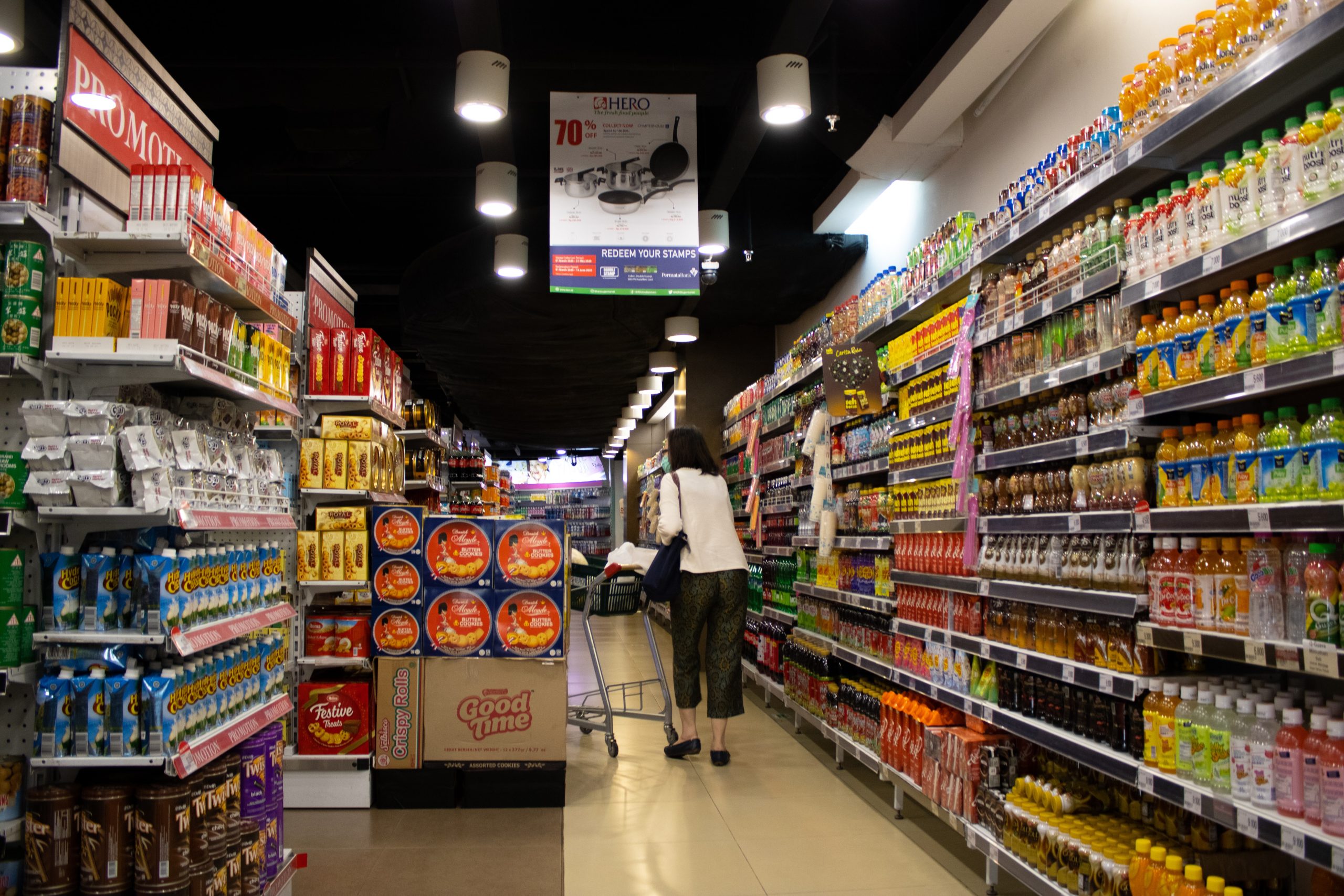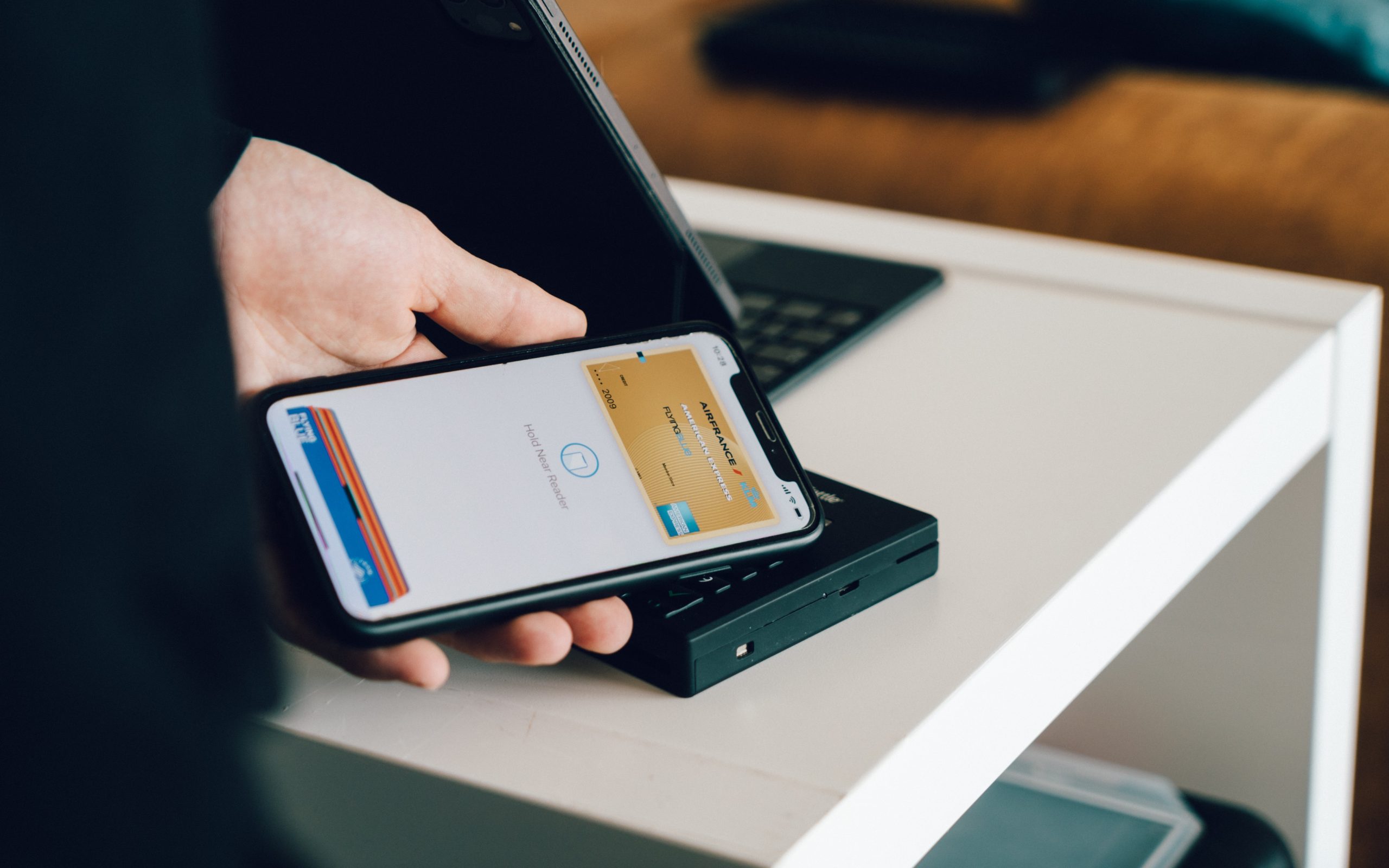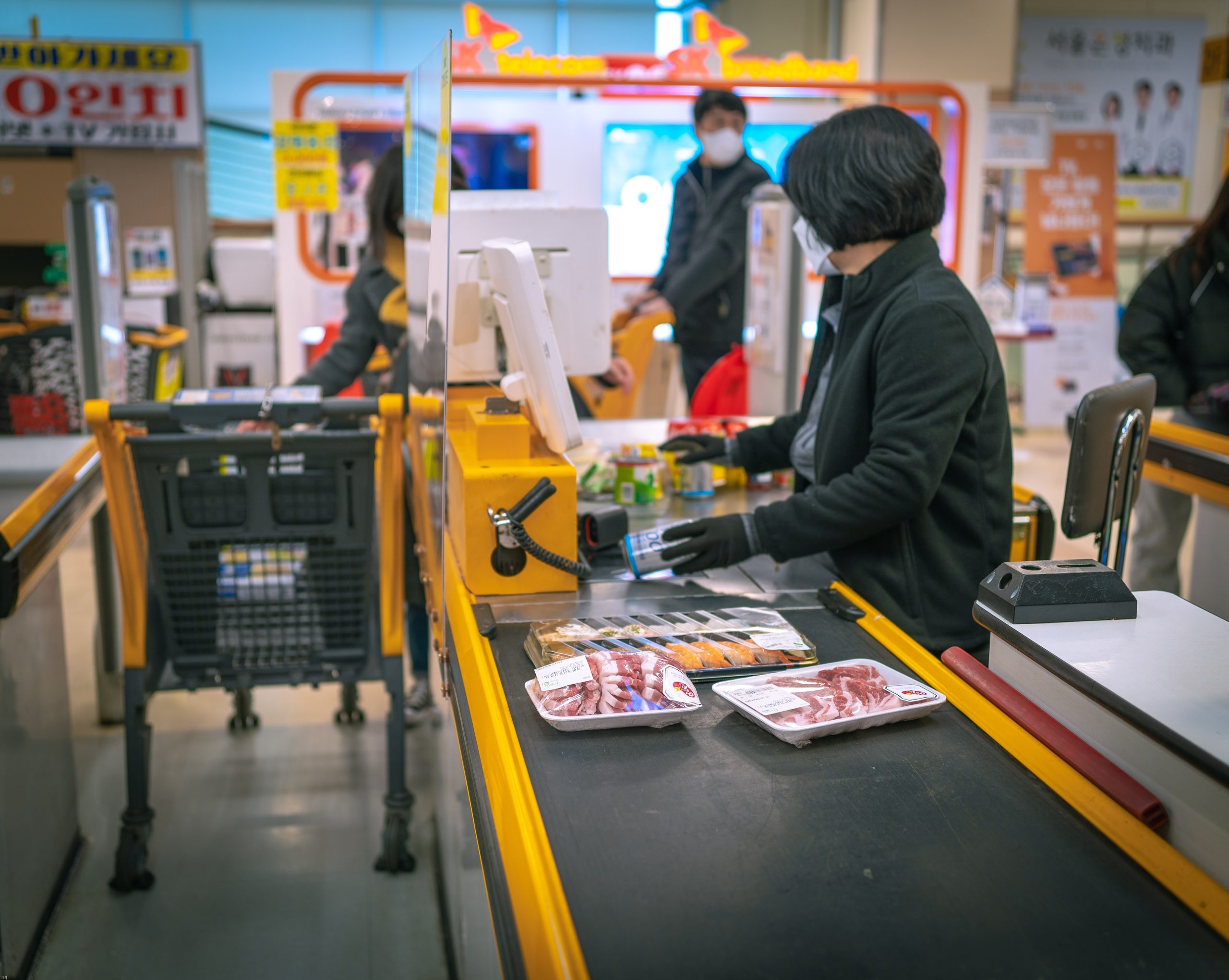At first glance, it might appear to be good news for a retail store to be full of people. Obviously, bigger crowds usually equate to more sales, which is a good thing. But it’s possible for retail stores to have too many people in them at one time, especially if there are long lines at the checkout counter. In fact, even if long lines appear to be an indication that a store is making plenty of sales, those lines can actually end up costing a retailer sales. Let’s take a closer look at why long lines can cost retailers sales at the checkout process and what can be done to correct this.
Impatient Shoppers at the Checkout Process

Whether retailers like it or not, shoppers are becoming increasingly impatient. So many aspects of the world today are based around instant gratification, and now consumers expect the same when they go to retail stores. In other words, the days are over when a long line or a crowded store indicates that a store is popular, enticing others to go there as well. Instead, long lines tend to scare away customers.
A vast majority of shoppers have admitted that they will avoid going to a store if they see a long waiting line. There are studies that indicate the average American shopper will only wait up to 15 minutes in a line before giving up and exploring their other options. Even worse, many will try a competing business if the line at their first choice is too long. In other words, retailers need to eliminate long lines as much as possible before they lose sales.
Losing Now and Later
Moreover, it’s not just one sale that stores are losing because of long lines. Roughly three-quarters of shoppers have said that they are less likely to return to a retail store in the future if they experience long waits. In other words, retailers risk losing a customer or a potential customer for life if they aren’t able to keep lines moving and reduce the checkout process times.
It’s simple psychology that people will remember their negative experiences more than positive experiences. This means that retailers need to eliminate negative experiences like long lines before trying to go the extra mile in a positive way. Given the attitudes and the lack of patience exhibited by modern shoppers, there are few experiences more negative than standing in a long checkout line. This is becoming an issue that stays with consumers for a long time.
Checkout Process Impatience Is Only Getting Worse
Unfortunately for retailers, the problem of long waiting times is getting worse. Data suggests that Americans are spending more time standing in retail lines than waiting at restaurants, the bank, and even medical waiting rooms. Retailers are struggling to expedite the checkout process, forcing customers to wait even longer than in past years and losing sales in the process.
Going Digital

The crux of the matter is that consumers have grown accustomed to digital shopping to the extent that it’s almost ruined the in-store experience. There are no waiting lines when consumers shop online, with purchases usually made with just a few clicks. After getting used to that, consumers aren’t accustomed to waiting in retail lines when they visit a store and have become unwilling to wait.
In other words, retailers need to replicate the experience of digital shopping inside of a brick-and-mortar store. Naturally, this is a case of simple supply and demand. Consumers are demanding shorter lines and a frictionless experience; retailers need to find a way to supply that. It’s no different from offering a product or service that customers want. Retailers must give customers what they desire or risk falling behind the curve.
Offer More Payment Methods at the Checkout Process

To enhance the in-store shopping experience and streamline the checkout process, it’s crucial to diversify the range of payment methods available. Beyond the conventional credit card options, digital purchases have introduced a plethora of alternative payment methods, such as mobile wallets, NFC transactions, By Now, Pay Later services, and QR code payments. These alternatives encompass various customer preferences and requirements.
Customers accustomed to utilizing these diverse payment options online may encounter frustration if they aren’t available when they visit brick-and-mortar stores. This lack of flexibility can lead to disrupted shopping plans, increased transaction times, and longer queues at the checkout.
Therefore, aligning the in-store experience more closely with the convenience and flexibility consumers have come to expect in the digital realm involves an expansion of in-store payment methods. Doing so will guarantee that retailers can cater to a wide range of preferences and ensure a smoother and more enjoyable shopping experience for all their customers.
Contactless Payment
Along those same lines, contactless payment can help to move the checkout process and lines quicker. There are several new types of POS terminals that are quicker and easier for customers to traverse, including some that don’t even require contact with an employee. Some retailers have found success with self-checkout stations that allow customers to complete purchases on their own. Others utilize handheld devices that employees can carry around the store. This means that employees go to customers and not the other way around, taking checkout lines out of the equation altogether. These types of POS methods can replicate the digital purchase experience as much as possible and give consumers the same sense of instant gratification they get from buying something online.
Simple Layout
While new technology can certainly contribute to streamlining the checkout process, there are more fundamental steps that retailers can take to address this issue effectively. One such approach involves simplifying the in-store experience, which can yield significant improvements.
Central to this strategy is ensuring that customers can easily locate the items they’re seeking as swiftly as possible. If shoppers have to embark on a scavenger hunt throughout the store to find a product, it can be just as frustrating as enduring a lengthy wait in line. Whether it’s due to product disorganization or a confusing store layout, customers are equally prone to frustration and may opt to leave without making a purchase.
Therefore, it’s imperative for stores to strategically position their more popular items closer to the store’s entrance, ensuring that consumers can quickly locate and access what they desire. This approach not only enhances customer satisfaction but also contributes to a smoother, more efficient shopping experience.
Stick To One Line for the Checkout Process

In traditional retail settings, customers often encounter multiple checkout lines, a layout common in grocery stores and similar establishments due to store design constraints. However, this approach no longer serves retailers and customers optimally. It can leave customers uncertain about which line will provide the fastest exit, causing stress and the potential for a negative shopping experience that deters them from returning to the store.
In today’s retail landscape, the preferred option is typically a single, continuous line that culminates in several point-of-sale (POS) stations. In this setup, the next customer in line moves to the next available POS station, ensuring a constant flow of movement. Although this may give the appearance of a lengthy line, it’s always in motion. Customers waiting in line don’t feel as though they’re idly standing in place; there’s a continual sense of progress, making the wait feel shorter. As a result, it significantly reduces the likelihood of customers having a negative in-store experience, fostering a more positive perception of the store overall.
Staying Entertained
While eliminating long retail lines is the ideal scenario, it’s not always feasible. Retailers must, therefore, strive to engage and entertain consumers during their wait, recognizing that boredom ranks among the top reasons why shoppers abandon lengthy lines. Modern consumers have grown accustomed to constant stimulation, a crucial consideration for retailers looking to prevent lost sales due to extended wait times.
In essence, customers require diversion as they queue. Many businesses offer impulse items near POS stations, which can be helpful, though not always sufficient. Incorporating digital screens with interactive retail displays into the queue can provide customers with a sense of productivity during their wait. These screens can showcase advertisements for popular items, direct shoppers to social media channels, or even encourage participation in online surveys.
The key objective is to ensure customers remain engaged rather than becoming bored and departing the line or exiting with a negative experience due to perceived wait times. A seamless shopping experience entails customers obtaining their desired products, swift store exit, and an element of entertainment. Retailers who can deliver on this front need not worry about losing sales or future customer loyalty due to long checkout lines.
Want to learn more about how our retail tech solutions can streamline your checkout process and guarantee satisfied customers? Then reach out to our experts today! We’re ready to help you enhance your retail operation and provide a seamless shopping experience.




